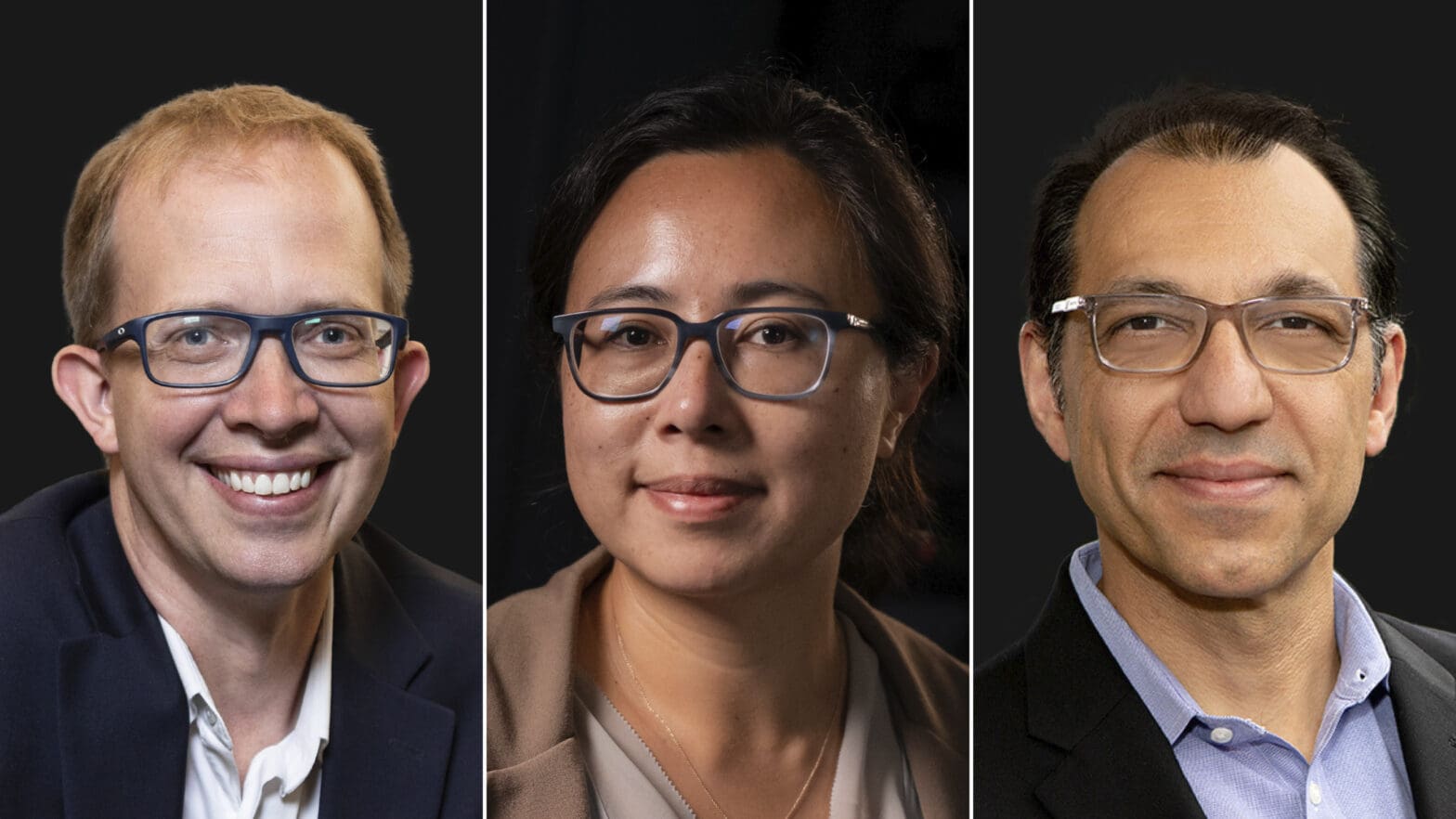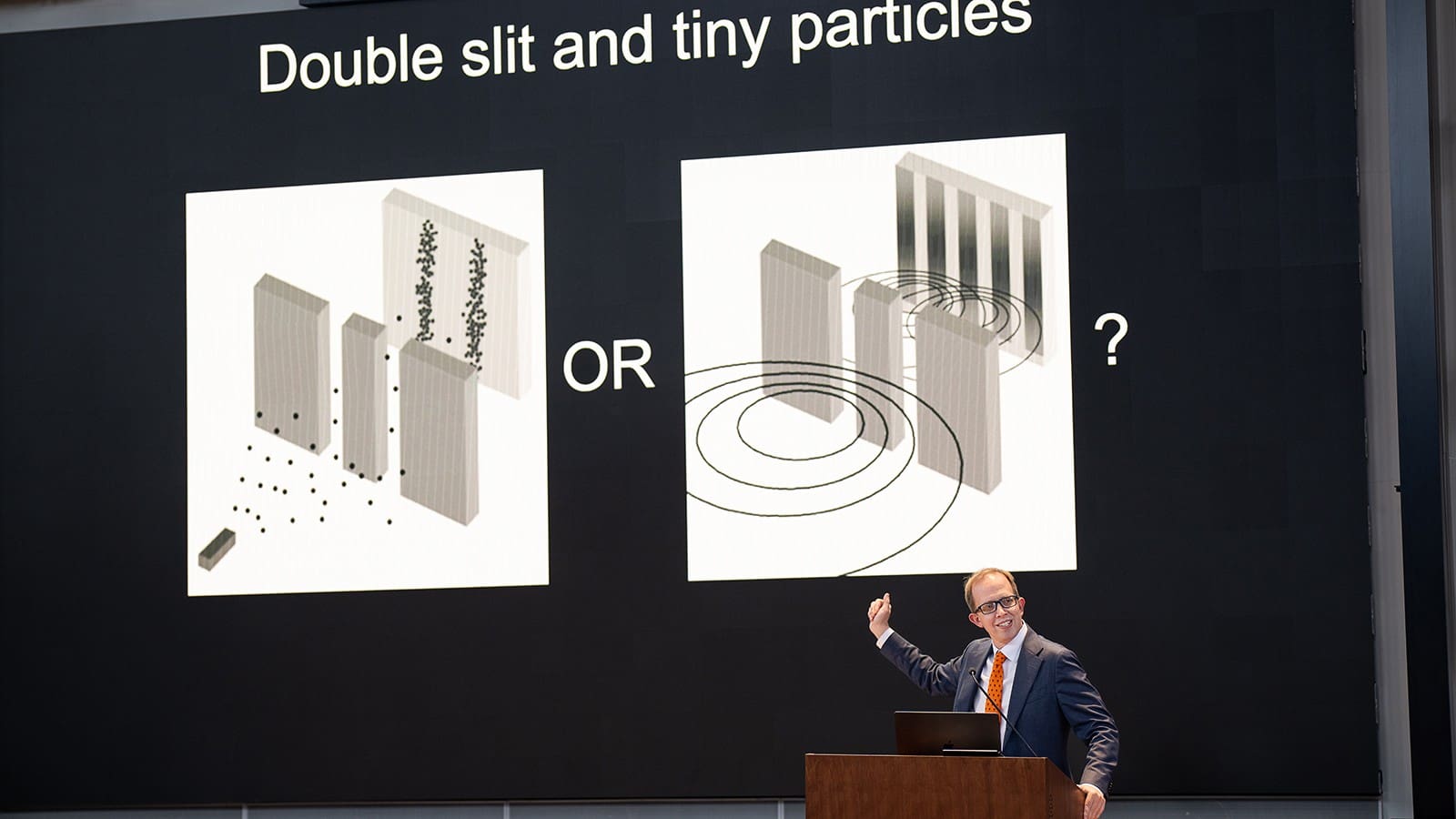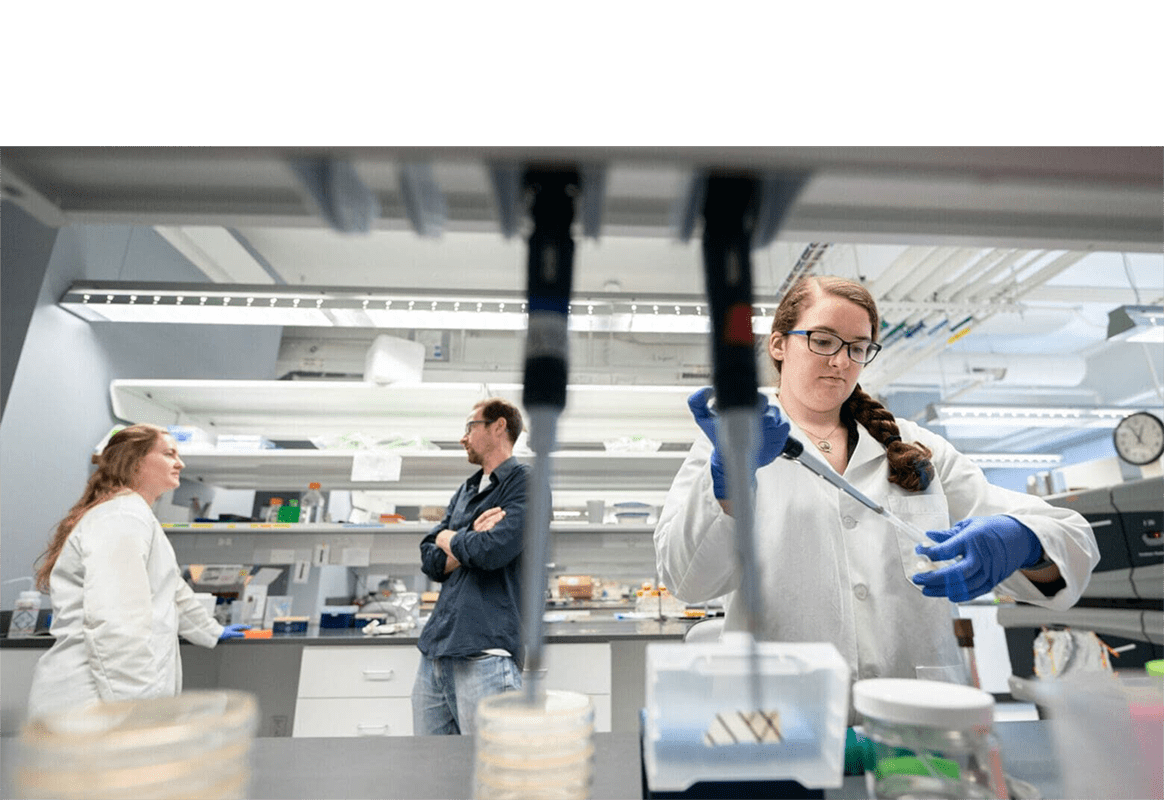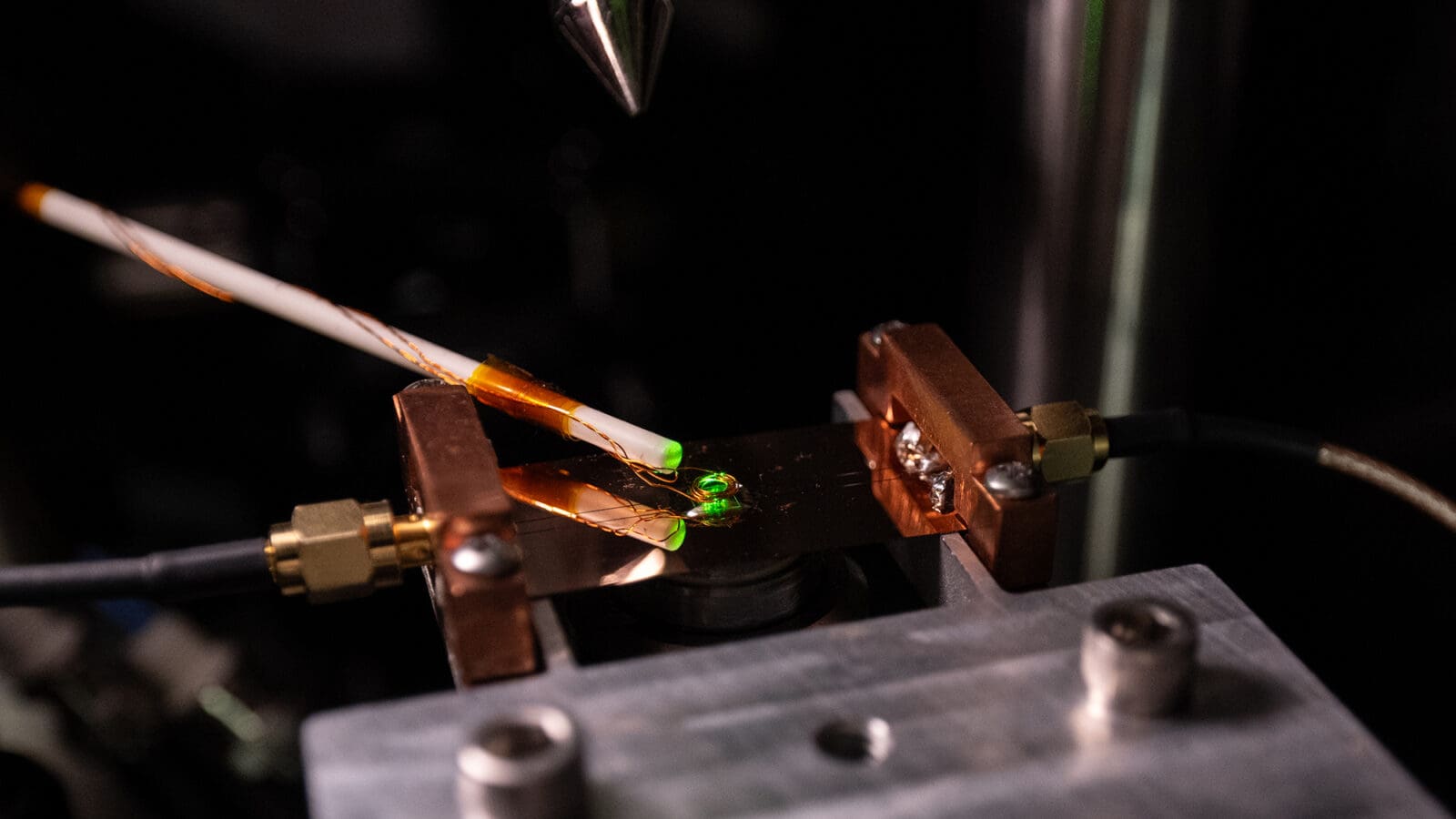
Princeton expands its commitment to research and education in quantum science and engineering
By
on
These expanded programs, along with ongoing recruitment of top faculty, graduate students and postdoctoral researchers, reflect the University’s recognition of the transformative potential of quantum science and technology to benefit society in the decades ahead.
The University established the Princeton Quantum Initiative in 2019 and named Andrew Houck, professor of electrical and computer engineering, as director. Now, as Princeton builds towards establishing a permanent institute for quantum science and engineering, as described in the trustees’ recent strategic planning update, the initiative adds Ali Yazdani, the Class of 1909 Professor of Physics, as co-director alongside Houck.
This endowment-enabled initiative will be guided by an executive committee of faculty from four departments across engineering and the natural sciences. The vision for the new institute is to bring together and support faculty and students across science and engineering who are pushing the boundaries of discovery around quantum information, particularly in the areas of quantum computing, communication and sensing.
Quantum information continues to be an exciting area with deep, fundamental impacts on science and transformative technological possibilities,” Houck said. “Princeton is playing a leading role in this, and we are ramping up efforts across campus to remain the leading place in the world for this kind of science and engineering for many decades.”
Yazdani added that Princeton’s work in this area stands apart from quantum research at other institutions due to the University’s inclusive approach across disciplines and across the spectrum from foundational science to innovative devices. “With this commitment to constructing a building to house the institute, we have the opportunity to coalesce research and teaching across many disciplines under one roof,” Yazdani said. “It allows us to build a cohesive effort that has a core but touches many other areas of science and engineering.”
The new building will be within easy reach of scholars in engineering, physics and chemistry, Yazdani said. The initiative also benefits from a growing number of collaborations with scientists at the Princeton Plasma Physics Laboratory, a U.S. Department of Energy national laboratory managed by Princeton University, including work to design highly specialized materials such as diamonds and superconducting magnets that are needed for quantum experiments and technologies.
The newly established executive committee includes Waseem Bakr, professor of physics; David Huse, the Cyrus Fogg Brackett Professor of Physics; Nathalie de Leon, associate professor of electrical and computer engineering; Ran Raz, professor of computer science; Leslie Schoop, associate professor of chemistry; and Jeff Thompson, associate professor of electrical and computer engineering.
New graduate program
In parallel, the University is launching a new graduate program in Quantum Science and Engineering, which will begin taking applications this fall. This new program will be one of the first few Ph.D. programs in quantum science and engineering, building on the global leadership role Princeton has already established in quantum education, said de Leon, the inaugural director of graduate studies.
“The field of quantum information science is emerging from disparate disciplines, and almost none of the current practitioners have training across the combined areas. As researchers, we have been winging it to learn what we need to push into new territory,” said de Leon, noting that the new Ph.D. program will build on the current curriculum to address these gaps.
“Princeton faculty have been very forward-looking in developing a new curriculum in this space over the past 15 years, from a pioneering an undergraduate course on quantum information accessible to students in engineering and math, to a graduate seminar on implementations of quantum information, to most recently, a new lab course on experimental methods of quantum computing,” de Leon said.
Princeton’s ‘full-stack’ approach
Jennifer Rexford, Princeton University provost and the Gordon Y.S. Wu Professor in Engineering, said quantum research at Princeton reflects a “full-stack” approach in which faculty and students are pushing the boundaries at all the levels of science and technology that are needed to achieve the field’s potential. “What’s special is that we have really amazing researchers across several departments that span from the applications to the technology, the devices, the materials, and to the fundamental science,” Rexford said.
Key to maintaining strength across these areas is Princeton’s collaborative culture, she said. “We have low barriers to that kind of collaboration, and we are making them even lower, putting people in a building together and having a graduate program together so faculty can prepare their students to work in this cross-disciplinary mode as well, creating future leaders.”
Broadly speaking, quantum research at Princeton seeks to understand and harness the strange behaviors of particles at and below the atomic scale, both to understand how the universe works and to develop useful technologies. The outlines of quantum science emerged throughout the early 20th century, often led by Princeton scientists, with the discovery that the smallest particles do not obey the classical laws of physics and that energy moves in small, undividable quantities, or quanta. This understanding has been incorporated into a wide range of common technologies, from GPS and atomic clocks to lasers and LEDs.
Further oddities emerged as scientists found phenomena such as one particle that could be in two places or two states at once, or two particles that could behave as one even though separated by many miles. In what scientists sometimes call the “second quantum revolution,” these fundamental insights are combining with the revolutions in information technology that fueled the growth of computing and communications. This convergence is driving rapid progress toward new realms of computing, sensing and communications, as well as new insights into the underlying physics.
Andrea Goldsmith, dean of the School of Engineering and Applied Science and the Arthur LeGrand Doty Professor of Electrical and Computer Engineering, said this enhanced vision for quantum science and technology will position Princeton as a leader in this area long into the future. “Quantum information science is at an inflection point similar to the dawn of the semiconductor era, when universities led the way to discoveries enabling the communication and computing devices and networks that underpin so many aspects of our lives today,” Goldsmith said.
“The information devices and networks of the future need significant leaps forward in performance, security and resilience, which quantum technology could provide,” she said. “Princeton’s expanded vision ensures we will play a critical role in developing the foundations of these future technologies.”
James Olsen, chair of the Department of Physics and professor of physics, also welcomed the new commitments. “Establishment of a dedicated quantum institute at Princeton is an opportunity to strengthen and expand existing vibrant collaborations across our engineering and science communities,” Olsen said. “Placing fundamental science adjacent to advanced engineering, the ‘why?’ and ‘how?’ under one roof, will spark innovation leading to exciting new discoveries and technological advances in the quantum realm.”
Rexford added that a benefit of Princeton’s breadth of expertise is the ability to examine numerous promising areas at once. In the area of quantum computing, for example, Princeton has leading efforts across most of the major approaches to replacing the ones and zeros of conventional computers with infinitely more complex units of information called qubits.
“We are not picking a winner,” she said. “We are going to support the wide range of work necessary to figure out what the right answer, or combination of answers, might be. We are willing to invest broadly in this space, and we are committed to providing the resources needed so that we do not to have to pick a winner too early.”
Some technologies underway at Princeton, such as quantum sensors capable of discerning changes within a single molecule, or quantum simulations that allow physicists to manipulate quantum behaviors in computer-like devices, may be ready for “prime time” in the near future, Rexford noted, while others, such as a general-purpose quantum computer, will likely take much longer.
“We are going to invest across those timescales too — our goal is to invest in the short, medium and long term in this space, and to let curiosity and creativity bloom,” Rexford said.











